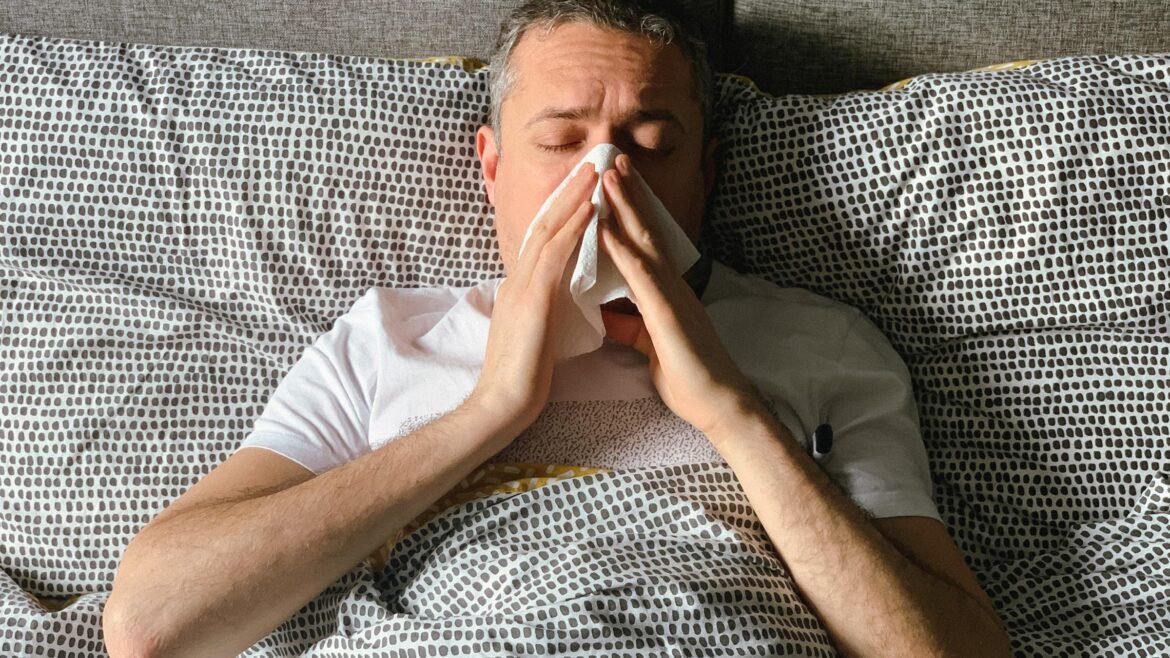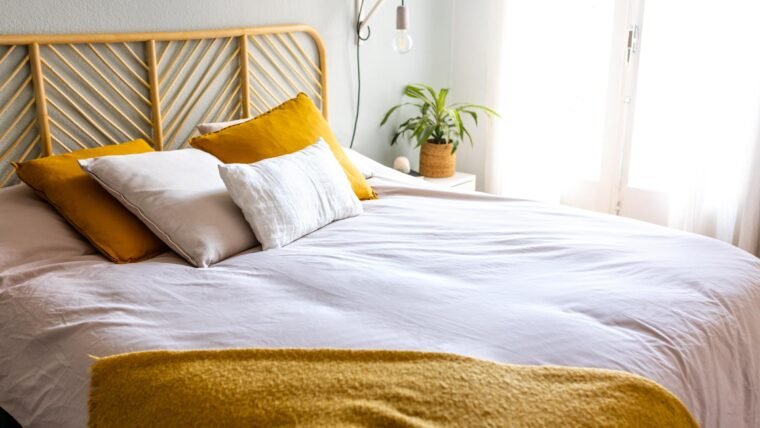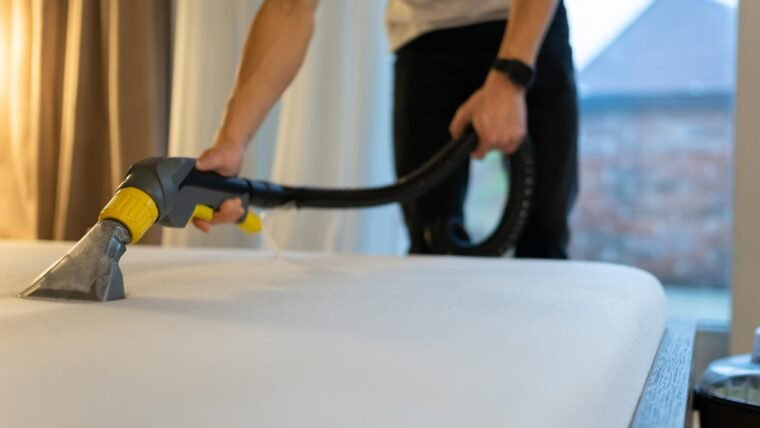Contaminants in Your Beds Can Harm You and Your Guests
In our previous blog, we introduced the importance of cleaning and caring for your bedding. Today, we dive deeper into the invisible contaminants in your bed that pose serious health risks for you, your family, and your guests.
Bacterial Infections
Our bodies are filled with bacteria and fungi that are beneficial to us. But it’s one thing to host them in our bodies, and another to allow them to thrive in our beds. These microorganisms can multiply in the moisture generated while we sleep—through saliva, sweat, skin cells, and even traces of fecal matter.
Dust mites accumulate in bedrooms and bedding. It’s estimated that up to 10% of a two-year-old pillow’s weight may be made up of dust mites and their droppings.
One of the most common bacteria found in beds is Staphylococcus aureus, normally present on human skin and in the nose of healthy individuals. However, when it enters the body through open wounds or mucous membranes, it can lead to skin infections, urinary tract infections, pneumonia, or even bloodstream infections (bacteremia). Without regular linen washing, you’re much more likely to suffer from these conditions.
This hygiene is not only necessary at home—it becomes essential when you are responsible for ensuring the health and safety of guests, such as in hotels, hostels, or rental accommodations.
⚠️ They are invisible, they live in your bed… and they can make you sick.
Fungal Infections
One of the most common fungal conditions is athlete’s foot, which can be easily spread through contact with contaminated linens. If someone in the bed has it, and sheets aren’t properly washed, it becomes highly contagious.
Cleaning thoroughly is vital—not only the sheets but also rugs, socks, shoes, bathroom mats, and towels. Hot water is essential for eliminating fungi; low temperatures may require repeated washing.
Another example is Candida albicans, a fungal infection that can be introduced into your bed and eliminated only through consistent, high-temperature laundering.
Beds become ideal breeding grounds for fungal spores, especially in humid environments and when linen is not cleaned regularly.
Viruses
If you’re suffering from a cold or the flu, your bed linens can become a transmission point. Viruses spread through coughing, sneezing, or mouth-to-mouth contact, and contaminated fabrics create a perfect habitat for them.
To prevent transmission to partners or family members, it’s essential to wash your sheets immediately after illness.
Dust Mite Allergies
Dust mites (Dermatophagoides) are microscopic organisms that feed on dead skin cells. While they don’t directly cause illness, they’re a serious allergen for many people.
Humans shed about 10 grams of skin per day, creating a generous food source for dust mites. Their presence is especially high in rooms, mattresses, and pillows. In fact, up to 10% of the weight of a two-year-old pillow may consist of mites and their droppings.
If the bacteria and allergens from bedding enter the body, they may lead to:
-
Skin infections and wounds
-
Urinary tract infections
-
Pneumonia
-
Respiratory diseases like asthma and rhinitis (nasal congestion, sneezing, itching, or runny nose)
Untreated rhinitis can lead to sinusitis and ear complications, especially in sensitive individuals.
How to Prevent It
Proper hygiene and disinfection of bed linens is not optional—it’s essential.
At Lavandería Continental S.A.S., we use industrial-grade washing and disinfection processes to eliminate these risks and ensure your linens are safe, clean, and ready for use. Whether you’re managing a hotel, vacation rental, or your own home, we’re here to help you protect those who rest in your beds.
📲 Contact us today for personalized guidance and care for your hotel linens.
Next blog: January 2023…





